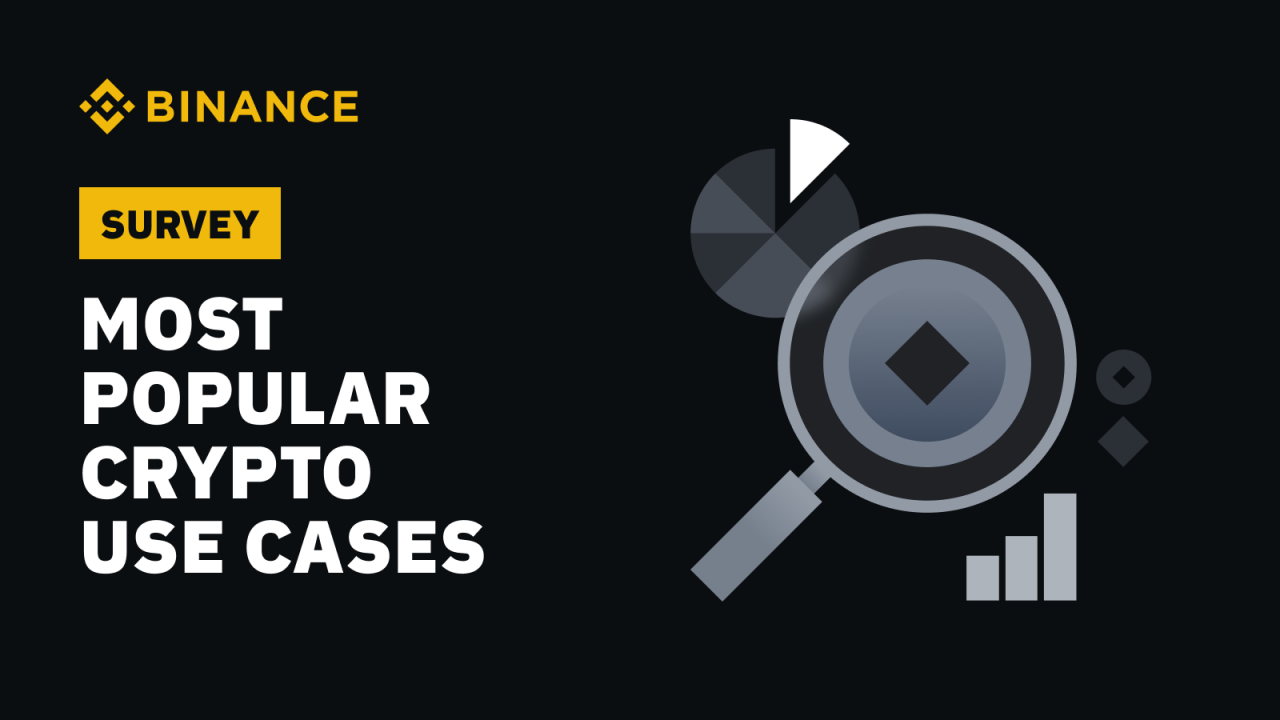
Binance Survey Reveals Nearly Half of its Users Rely on Crypto to Earn Extra Income
Binance, the leading blockchain ecosystem behind the world’s largest crypto exchange by trading volume, today revealed its users’ top uses for crypto. In light of its campaign highlighting user stories, “Crypto is better with Binance,” and efforts to highlight real-life use cases of crypto around the world, Binance administered a survey to better understand its users’ motivations and reasons for using digital assets.
Drawing on a sample of over 1,000 respondents, the survey found that nearly half (45%) listed earning extra income as their primary use for crypto, followed by saving money (19%) and offsetting inflation (9%). More than a third (36%) of respondents indicated that achieving financial security and independence was the primary motivation for using crypto for savings.
Aman from Asia, featured in Binance’s content series, discusses how the rising inflation in his country added increasing pressure on his ability to pay his university fees. He talks about how he used crypto to maintain the value of his savings from being impacted and started using crypto savings products to increase his capital.
“I started using Binance Earn products which helped me to accrue interest on my assets, with far better rates than my bank account. It gave me the opportunity to make my own decisions – to stabilize my finances. I can’t think of anything more empowering,” said Aman.
More than a third of respondents shared that high fees (19%) and slow transaction times (14%) were the largest challenges when dealing with traditional financial systems and services.
Lauri, a Binance user, shared, “I’m a digital nomad and constantly traveling, so Binance Pay has been a game-changer. I had to plan days ahead if I wanted to send money home, and it was expensive. I can transfer crypto through Binance Pay and it’s there in like two minutes with barely any fees.”

Other Key Findings from the Survey:
- Financial Equality: The bulk of respondents (76%) indicated that crypto can play a role in reducing income inequality or financial disparities within society. It reduces the reliance on traditional financial institutions (19%), is transparent and secure (18%), provides financial access to the underbanked and unbanked (17%), enables cross-border transactions without intermediaries (16%), and offers greater control over their assets and investments (16%).
- Crypto for Earning Extra Income: Among respondents whose primary use for crypto is for earning extra income, 23% percent indicated that their goal was to supplement their primary income, with another 23% using it to save for a home and 21% for investing in other digital assets.
- Crypto for Everyday Purchases: Over a third (36%) of respondents use crypto for purchases on a weekly basis, with more than half (58%) of them using crypto for online purchases, including the purchase of goods, services, digital products, followed by 12% who use it for international transactions and remittances, and another 12% for in-store purchases.
- Crypto Natives: The majority are not new to crypto with 59% of respondents using crypto for 1-5 years, 14% for more than five years, and 12% are new to crypto (having used it for less than 6 months).
- Crypto for Savings: 36% use crypto to save money as it offers financial security and independence, 16% for earning better interest on their savings, and 14% for saving for retirement.
- Impact of Crypto: Respondents shared how crypto has positively impacted their lives with 20% reporting that it increased their investment portfolio value, 18% stating that they were provided opportunities to earn additional income through trading or staking, 15% being able to access greater financial services, 14% enhancing their financial control, and 12% benefiting from faster and cheaper cross-border transactions.
The survey results are based on a total sample of 1,172 individuals. The survey was conducted from November 15, 2023 to December 6, 2023 on the Binance Survey platform, and was open to users registered in Asia & Pacific, the Middle East, Europe, Africa and Latin America.
